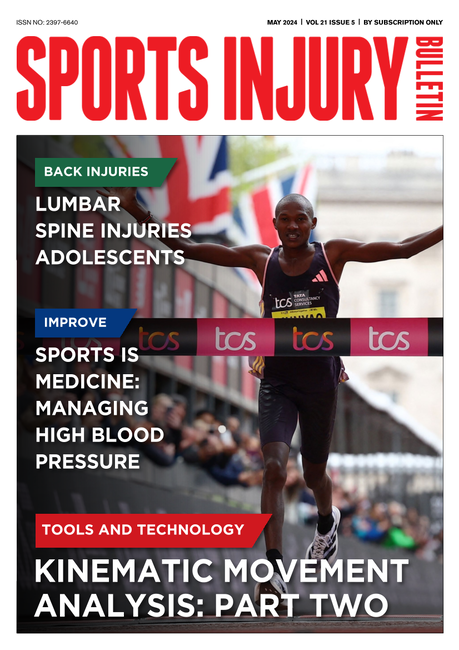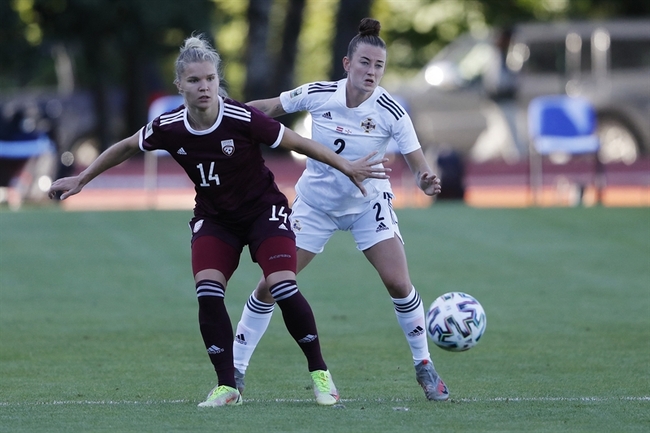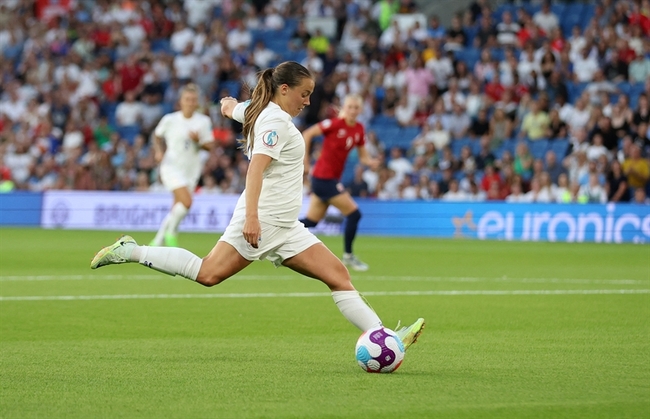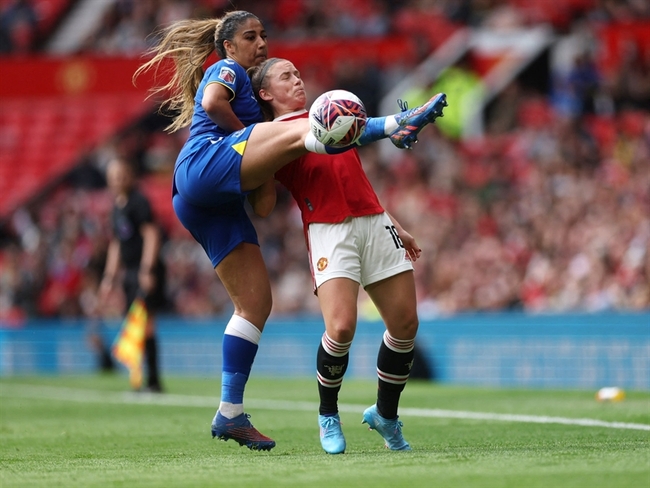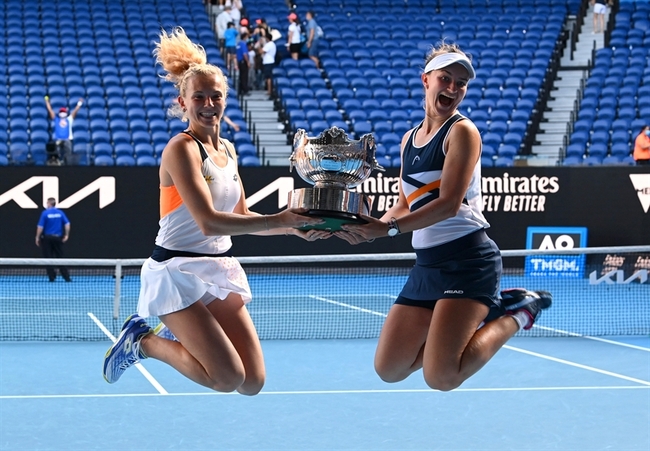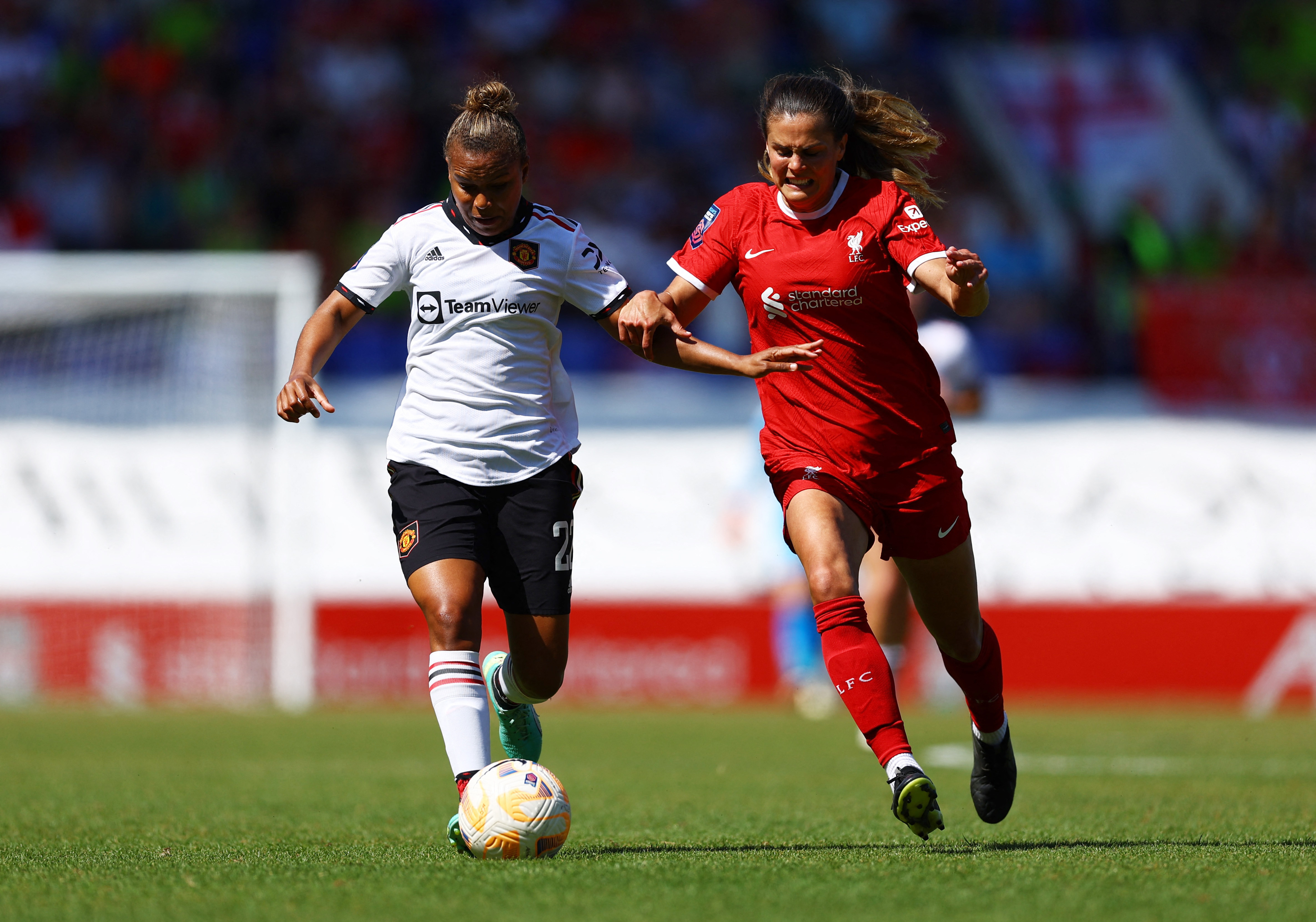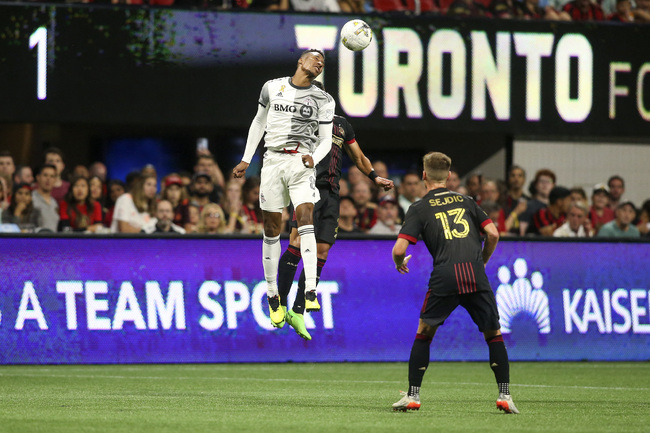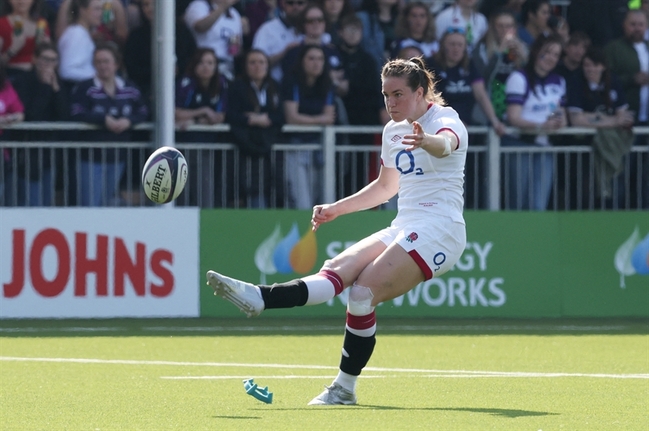Dance has it all: power, agility, speed, and back pain
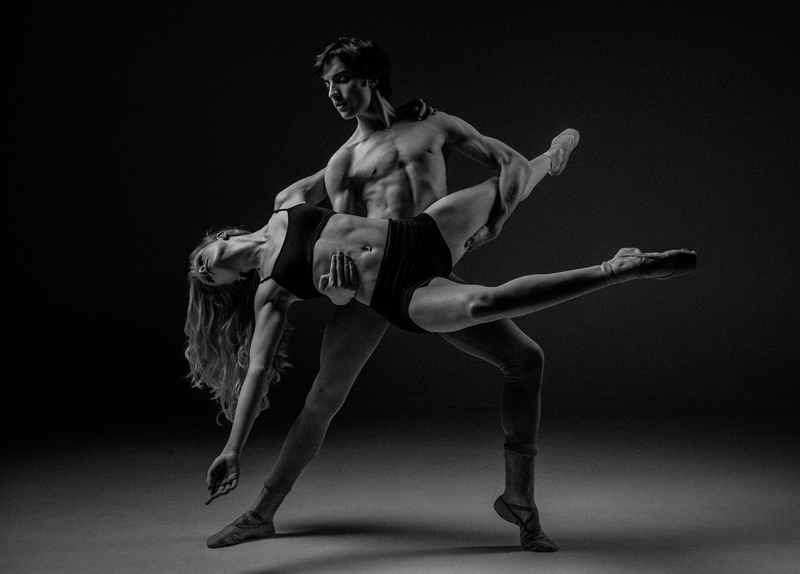
Sports professionals often equate dance with the arts rather than sport. However, dancers spend as much time, if not more, in training as other competitive sports (1). Dance encompasses the whole gamut of physical performance: power, strength, agility, speed, and flexibility. Therefore, it is no surprise that dancers suffer injuries too.
In Australia, girls choose dance as their primary physical activity, while it is the second most popular activity with boys(1). The high rate of dance participation noted to be around one-fourth of adolescent boys and girls in the United States, means that performers account for a significant number of sportsmen and women(1). As with the typical population, low back pain (LBP) and injury (LBI) is prevalent in this cohort. Researchers in Australia wondered just how widespread the complaints are. Therefore, they conducted a systemic review of all available literature concerning low back pain and injury in dancers. Dance disciplines of contemporary, ballet, modern, and dance theater were included in the review. The investigators also wondered if the applicable studies might point toward some risk factors for LBP or LBI that are particular to dancers.
After careful analysis of existing literature, fifty studies met the inclusion criteria for this review. The studies consisted of varying design (22 cross-sectional, 19 retrospective, and nine prospective) and disciplines studied (31 ballet, six modern, two theater). Almost half of the studies examined professional dancers exclusively, while the remainder included pre-professionals or a mixture of both. Only 10% of the reports were deemed to have a low risk of bias. The studies also varied greatly in their definitions of LBP and LBI, reporting, and the makeup of their studied populations.
The differences in the studies reviewed make drawing definitive conclusions impossible. However, some trends seem to emerge. For instance, the incidence of low back pain experienced by dancers appears fairly consistent with rates reported in the general population as well as those in elite sports (see table 1).
| At a given point in time | Within a year | Within a lifetime | |
|---|---|---|---|
| Dancers | 27% | 73% | 50% |
| Global population | 18% | 48% | 49% |
| Sib-elite and elite Olympic sport athletes | 24% | 55% | 61% |
Differences in LBP and LBI statistics appeared in the review. This difference becomes apparent as around 73% of dancers suffer from at least one occurrence of low back pain in a year; while LBI accounts for only 11% of the time lost from performance. Studies reporting LBP report isolated incidences, whereas the LBI studies typically state the injury as a percentage of all injuries. In addition, episodes of LBP may not be reported to medical staff. In many instances, dancers may continue their level of performance despite the discomfort.
Who’s at risk?
The review attempted to identify risk factors for LBP and LBI in dancers. As with the global population, a history of a prior back injury or LBP seemed to be the primary risk factor for back pain. While the incidence of LBP and LBI appears to increase as dancers age and achieve more elite status, none of the studies reviewed demonstrated this with any significance. The study results on gender as a risk factor were mixed, with no conclusive evidence that one gender was at greater jeopardy than another. As the authors conclude,“In addition to physical factors, biological, and psychosocial factors contribute to the initiation, maintenance, and perception of pain, and these factors are pertinent to both male and female dancers.”
While dancers may be a unique population, their experience of LBP mirrors that of the rest of the community. Therefore, if the incidence of back pain is similar to that in the non-dancing world, the triggers for pain may be the same as well. Adolescent dancers may experience a greater frequency of lumbar spondylolysis. Degenerative disc disease or herniation may also contribute to LBP. As the difference in the prevalence of LBP and LBI show,
“Pain is a subjective experience that fluctuates within and between individuals. It need not be associated with identifiable tissue damage to be valid…”
Reference
- JOSPT. 2019 April;49(4):239
You need to be logged in to continue reading.
Please register for limited access or take a 30-day risk-free trial of Sports Injury Bulletin to experience the full benefits of a subscription. TAKE A RISK-FREE TRIAL
TAKE A RISK-FREE TRIAL
Newsletter Sign Up
Subscriber Testimonials
Dr. Alexandra Fandetti-Robin, Back & Body Chiropractic
Elspeth Cowell MSCh DpodM SRCh HCPC reg
William Hunter, Nuffield Health
Newsletter Sign Up
Coaches Testimonials
Dr. Alexandra Fandetti-Robin, Back & Body Chiropractic
Elspeth Cowell MSCh DpodM SRCh HCPC reg
William Hunter, Nuffield Health
Be at the leading edge of sports injury management
Our international team of qualified experts (see above) spend hours poring over scores of technical journals and medical papers that even the most interested professionals don't have time to read.
For 17 years, we've helped hard-working physiotherapists and sports professionals like you, overwhelmed by the vast amount of new research, bring science to their treatment. Sports Injury Bulletin is the ideal resource for practitioners too busy to cull through all the monthly journals to find meaningful and applicable studies.
*includes 3 coaching manuals
Get Inspired
All the latest techniques and approaches
Sports Injury Bulletin brings together a worldwide panel of experts – including physiotherapists, doctors, researchers and sports scientists. Together we deliver everything you need to help your clients avoid – or recover as quickly as possible from – injuries.
We strip away the scientific jargon and deliver you easy-to-follow training exercises, nutrition tips, psychological strategies and recovery programmes and exercises in plain English.


